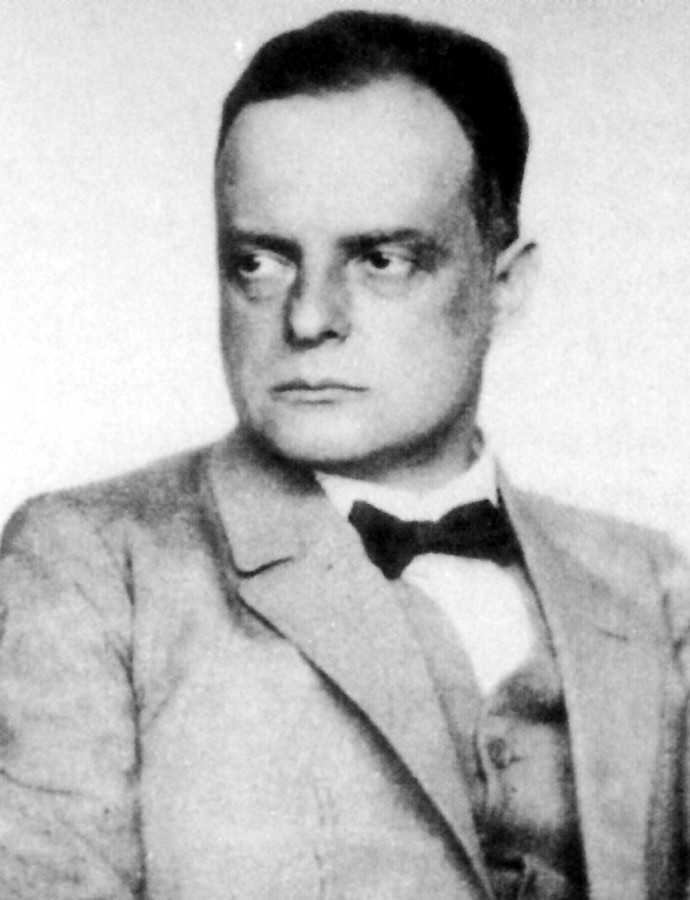
Paul Klee
Paul Klee was a Swiss painter, musician, and instructor at the Bauhaus School of Art who played an important role in the development of modern art in the early 20th century. The essence of Klee's paintings rested on the transformative power of colors, epitomizing the beauty inherent in abstract art where subtle details and expressive color variations altered the painting's meaning.
Biography of Paul Klee
Paul Klee, born in Münchenbuchsee, Switzerland, hailed from a musical family with a father who was a music teacher and a mother who pursued a career as a singer. Initiated into music during primary school, he commenced violin lessons and performed for the first time at the Bern Music Association at 11. Following in his parents' musical footsteps, Klee felt constrained in exploring various styles and methods. The formal teaching limited his freedom, prompting him to seek alternative avenues for creative expression.
In pursuit of more artistic freedom, Klee took up drawing as a hobby, finding this freedom he wanted in his landscapes. After completing high school at the Gymnasium in Bern, he embarked on his artistic journey at the Academy of Fine Arts in Munich in 1898. Following graduation, he ventured to Italy and studied paintings by old masters. While his drawing skills were exceptional, he grappled with expressing himself in color. The artist held a steadfast belief that the nature of coloring in a painting conveyed optimism and happiness, representing the lively energy that countered the somber tones of black and white drawings.
Upon his return to Bern, Klee engaged in color experimentation, utilizing various tools and techniques. He explored drawing with a needle on blackened glass surfaces, created zinc-plate etchings, and predominantly produced satirical and bizarre drawings. After marrying and starting a family, the artist dedicated time to playing music, creating art, and caring for his loved ones.
Upon encountering Wassily Kandinsky, Klee joined his team and contributed to the art almanac Der Blaue Reiter. Collaborating with fellow artists and showcasing his drawings provided him with travel opportunities. Being in Paris, he delved into Cubism, discovering a newfound capacity to do more with color. Transitioning to watercolors, he painted primitive landscapes, and the internal struggle to master painting began to feel effortless. In 1914, a visit to Tunis captivated him with its light and nature, inspiring a shift from landscapes to a fascination with the freedom of colors and foray into abstract art.
Upon returning home, Klee created his inaugural abstract painting, "In the Style of Kairouan," in 1914, made rectangles and circles. Integrating his personal philosophy and musical influences, he infused his abstract works with depth and meaning. Klee found fulfillment in the diverse teachings at the Bauhaus school, championing differences and individuality. While most of his renowned artwork emerged in Germany, he was a frequent traveler. Maintaining a lifelong friendship with Kandinsky, he also crossed paths with Picasso during a visit to Paris, whom he admired a lot.
In 1919, Klee commenced teaching at the Academy of Art in Stuttgart, securing a three-year contract with a gallery that propelled his success. Joining the Blue Four Association of Artists in 1923, he actively participated in their lectures and exhibitions, including a notable trip to the USA in 1925.
Paul Klee's Art Style
Paul Klee belonged to Expressionism and drew inspiration from Cubism and Bauhaus. His ingenious creations in art were deeply connected to metaphysics and musicology. Klee was committed to expressing his ideas through painting and delving into them further through writing and theory. His notes and lectures on form and design were compiled in English as "Paul Klee Notebooks." The range of his artwork defies categorization, with key themes including freedom, music, the importance of childhood imagination, wittiness, humor, and transcending personal beliefs and the self.
In his early artistic endeavors, Klee produced black-and-white drawings due to apprehensions about mastering the use of color. His perceived fear served as motivation to persist in exploration, never yielding to initial challenges. Between 1903 and 1905, he created etchings and drawings for the "Inventions" series, characterized by their dark, satirical, and grotesque nature.
Transitioning into a mystical and abstract phase after embracing color during his Tunis sojourn, Klee ventured into watercolor works, departing from traditional landscape forms and colors. Upon commencing his Bauhaus teaching role in the 1920s, the school left an indelible mark on his artistic expression. His paintings from this period exuded radiance and were rich in symbolism.
However, in the 1930s, his last work took on an antifascist tone, dark, close to the macabre, and symbolizing the demise of an era of freedom and creativity. Banned in Germany, his work reflected bitterness and anguish. Colors grew darker, and symbols became more hieroglyphical, mirroring the tumultuous times.
Years:
Born in 1879
Country:
Switzerland, Münchenbuchsee
Gallery:
Galleria d'Arte Maggiore g.am.
Landau Fine Art
Galerie Michael Haas
Galerie Knoell